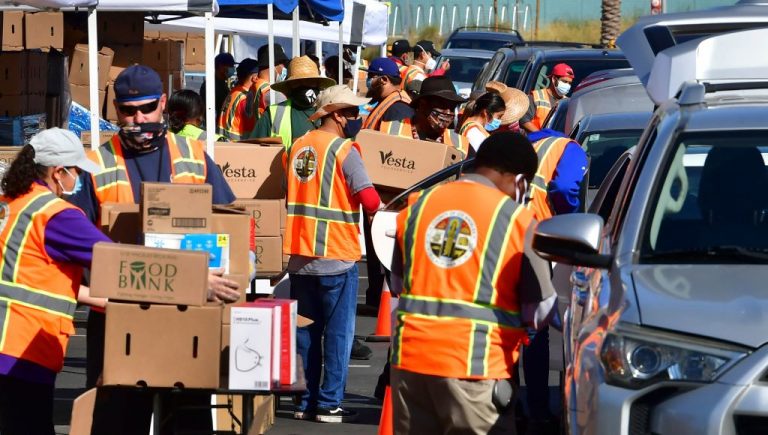Several economists and financial commentators have warned that the ongoing supply chain crisis may continue into 2023, and have told businesses and households not to expect a lavish Christmas.
Coresight Research Founder & CEO Deborah Weinswig issued a stern warning on Monday on Yahoo Finance Live, “Let’s look at the math: It’s 14 days to get a container from APAC to the U.S. and 40 days for it to get back.”
“And we have a complete container misalignment right now. So that’s 80 days, we’re talking, in our opinion — we’re probably looking at Q1 2023 before all of those containers get back and realign,” Weinswig said.
Although the latest US Bureau of Labor and Statistics report of September shows that employment is on the rise again, these numbers mean nothing according to Weinswig.
“If you think about what we’re seeing in the supply chain, that’s where we need to see stronger numbers,” she said. “With about a 400% turnover rate in [distribution centers] and warehouses, we’ve got some… real concerns.”
Success
You are now signed up for our newsletter
Success
Check your email to complete sign up
Meanwhile, consumer prices are soaring to stratospheric heights. Mark Zandi, the chief economist at Moody’s Analytics, told the New York Post, “For households earning the U.S. median annual income of about $70,000, the current inflation rate has forced them to spend another $175 a month on food, fuel, and housing.”
However, the price increases are hurting small businesses. “Small business owners are doing their best to meet the needs of customers but are unable to hire workers or receive the needed supplies and inventories,” NFIB chief economist Bill Dunkelberg explained.
In a recent report, two researchers, David Blanchflower of Dartmouth College and Alex Bryson of University College London, pointed out that the telltales of the current crisis can be traced back to 2008.
“Consumer expectations indices from both The Conference Board and the University of Michigan predict economic downturns up to 18 months in advance in the United States, both at national and at state-level,” they wrote in the paper. “All the recessions since the 1980s have been predicted by at least 10 and sometimes many more point drops in these indices.”
Over the past six months, there have been “clear downward movements in consumer expectations” that “would suggest the economy in the United States is entering recession now (Autumn 2021)—even though employment and wage growth figures suggest otherwise.”
“The answer appears to lie in the exceptional nature of the COVID-induced shock to the economy,” the two said. “It has been both an economic shock and a health shock, and one with the potential to derail the economy again over the coming months.”
Despite improvements to the labor market, “declining consumer expectations about the future of the economy are linked to COVID-related fears and anxieties,” the report said.
“This is borne out by the survey by The Conference Board discussed above indicating a recent rise in the percent of workers—and especially women—worried about returning to the workplace for fear of contracting COVID-19, a substantial increase from June 2021 when only 24 percent expressed this concern.”














